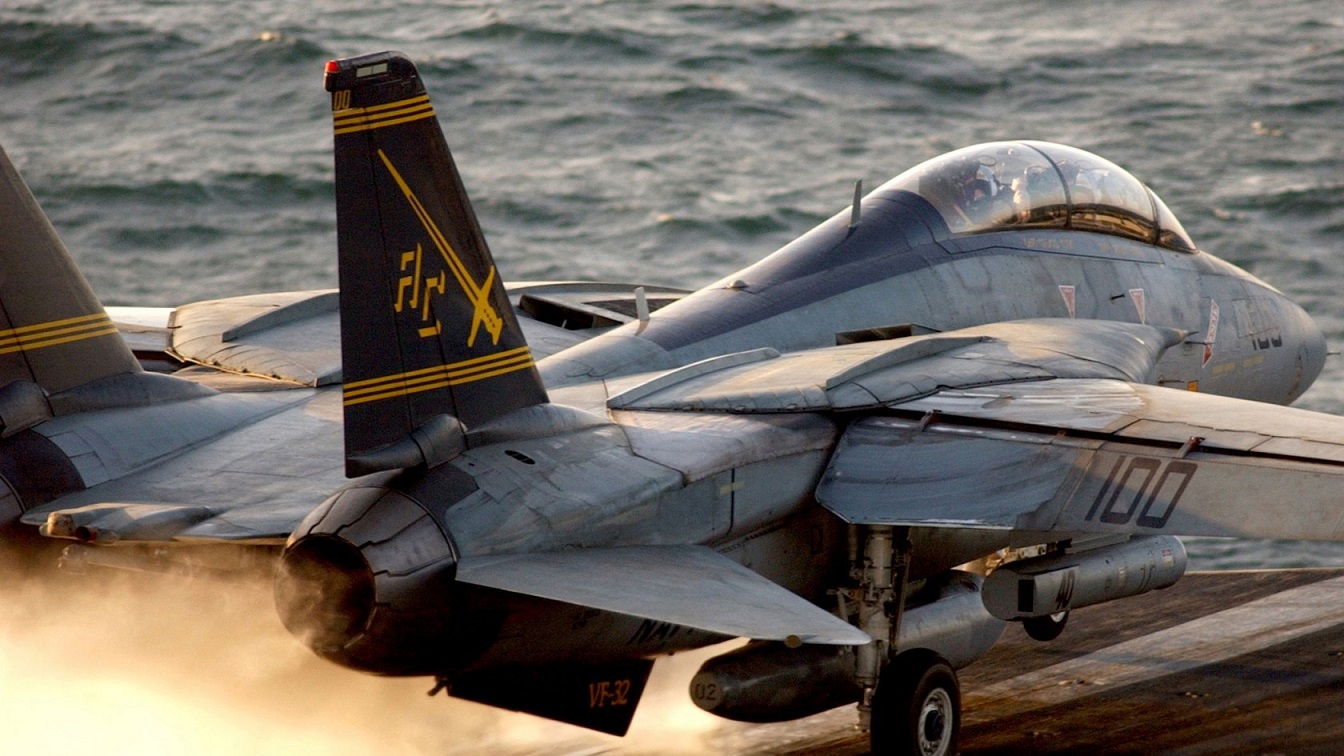Iran’s ability to keep flying U.S.-built F-14 Tomcats – yes, like in the Top Gun movies – is as mysterious as it is worrying, given that the Tomcat has speed capabilities comparable to the F-22 (but of course, has no stealth and is generations behind in capabilities).
While a limited number of maintained and even upgraded F-14s might not rival a large contingent of U.S. and European F-35s, the continued presence of Iranian F-14s does seem to pose a credible threat.
Is Iran Upgrading Its F-14s?
The operative questions are simple: How many F-14s does Iran have? What kind of conditions are they in? On the surface, it does not seem as though Iran’s industrial base and supply chain would be able to maintain 1980s-era F-14 Tomcats, yet there may be some unknown reason why they can.
Perhaps Iran did its homework on U.S. Navy and Air Force service life extension programs. Perhaps some of the F-14’s electronics can be upgraded without specific, narrowly configured technical parameters.
The continued functionality of Iran’s F-14s does seem a bit puzzling, as the Iranian air force is not likely to have collaborative working relationships with many Western allies now operating U.S.-built fourth-generation aircraft. One cannot help but speculate on the possible existence of some surreptitious supply chain, or unanticipated overlaps between Iran’s existing fleet of fighter jets and the viable parts needed for the F-14.
Yet even if Iran is using ingenuity to maintain the fuselages of the F-14s and finding novel ways to upgrade the Tomcats’ electronics, weapons, and computing, there are still real limits to just how long an airframe can remain viable.
The U.S. Navy’s F/A-18s and the U.S. Air Force’s F-16s rely on service life extension plans to extend the lives of the aircraft by thousands of hours beyond what was originally intended. Structural reinforcements coupled with software upgrades and engine sustainment might be able to keep the Iranian F-14s functional in the short term. But even if Iran has found a method of maintaining the F-14s, they are bound to reach a limit on how long they can fly and how much more they can be upgraded.
Ultimate Limit for F-14?
Eventually, every airframe will reach a breaking point and no longer be upgradeable. There are clearly built-in limits to how much an 1980s-platform can be modernized. It may lack the interfaces and technical standards to integrate with modern technologies. This means the aircraft will reach a point where it simply cannot improve its performance, and the aircraft’s lack of stealth puts it at a clear and decisive disadvantage when compared with fifth-generation aircraft.
Even given these limits, the continued presence of Iranian F-14s does present a pressing and credible threat to other countries in the region — particularly Israel, depending upon the number of operational F-35 variants Israel has.
While an F-35 is undoubtedly superior in many respects to an F-14, it is actually not as fast. With a listed speed of Mach-2.3, the F-14 is considerably faster than the F-35, whose stated max speed is Mach-1.6. This means that an F-35 would likely need to use its advanced long-range sensors and next-generation weapons and weapons guidance to prevail in an engagement with Iranian F-14s.
An F-35 might wish to avoid a dog-fight or closer-in air-to-air combat, and its advanced technologies suggest it might not have to. With stealth, upgraded software and sensors, and a new generation of weapons, an F-35 could likely destroy an F-14 from standoff range before it is detected.
F-14 Encounter: 19FortyFive Visited with a Tomcat
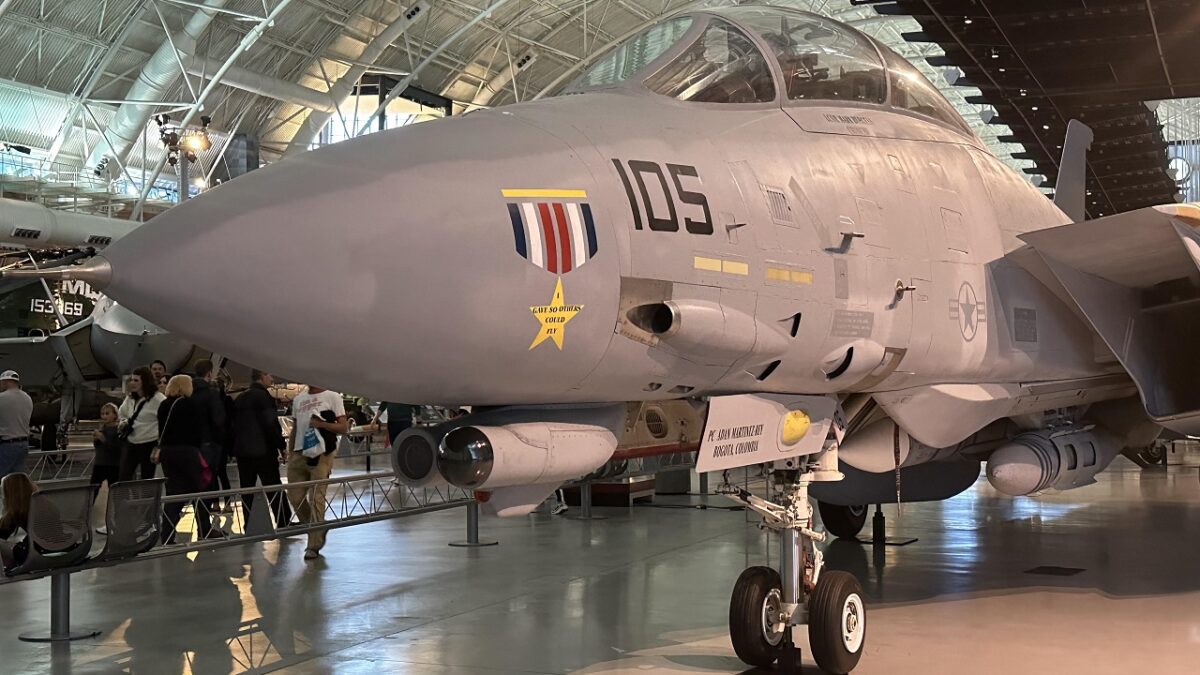
F-14 Tomcat. Image taken at National Air and Space Museum on October 1, 2022. Image by 19FortyFive.
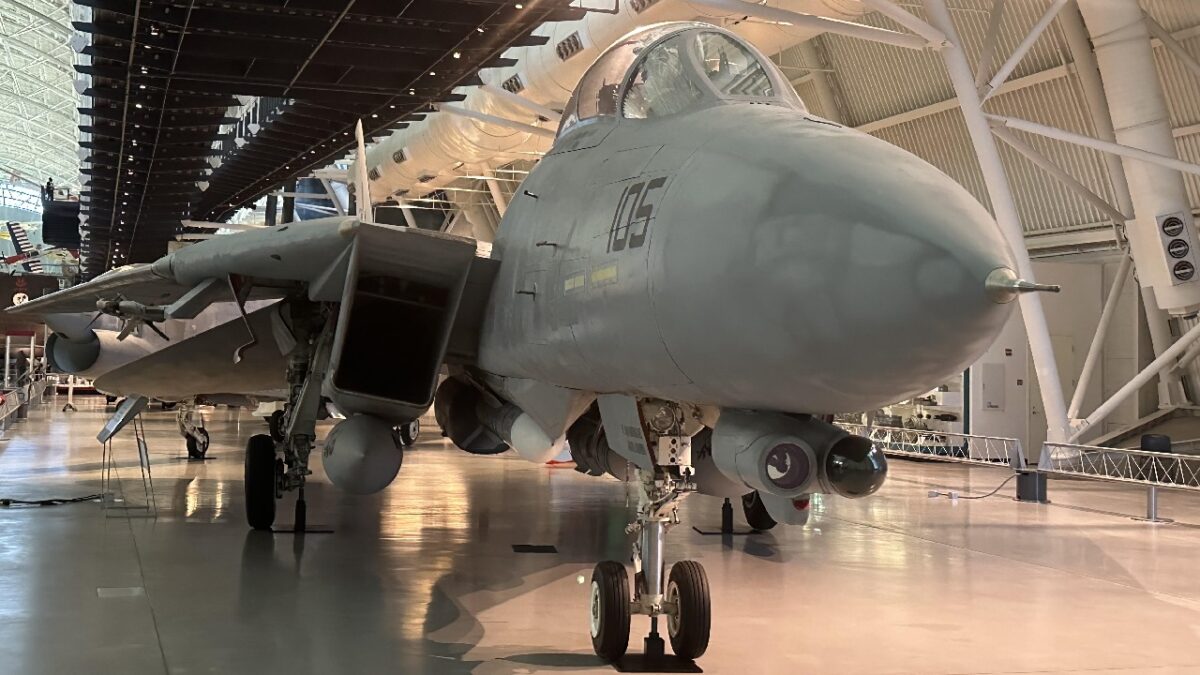
F-14 Tomcat. Image taken at National Air and Space Museum on October 1, 2022. Image by 19FortyFive.
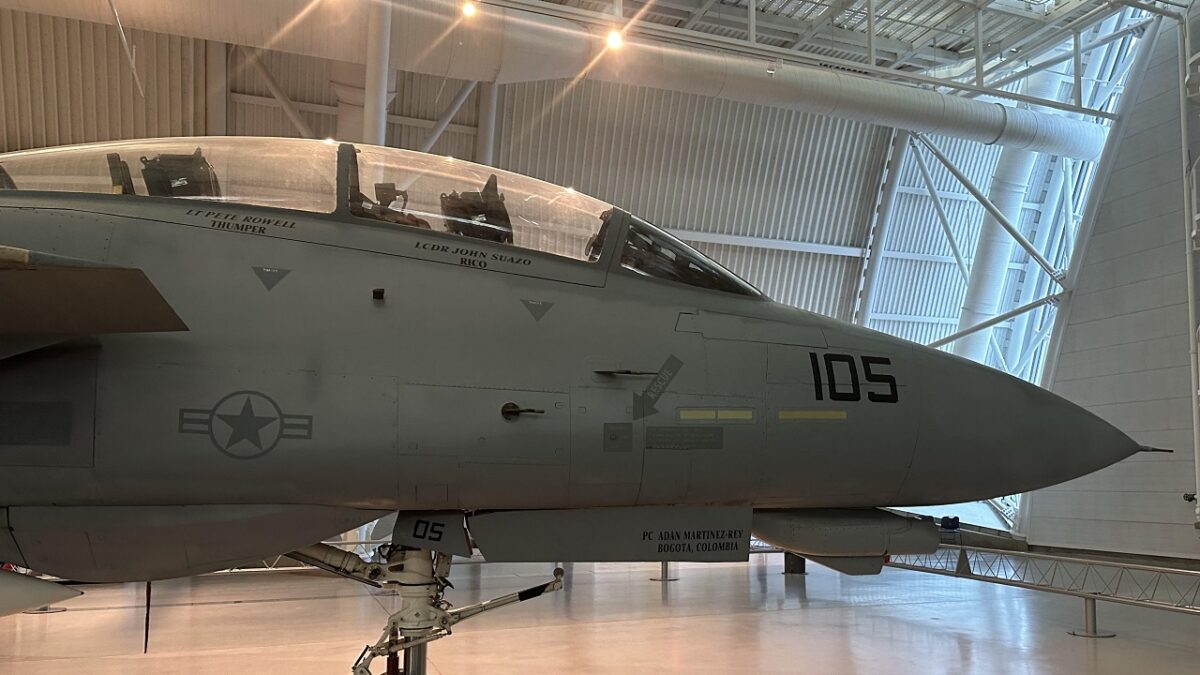
F-14 Tomcat. Image taken at National Air and Space Museum on October 1, 2022. Image by 19FortyFive.
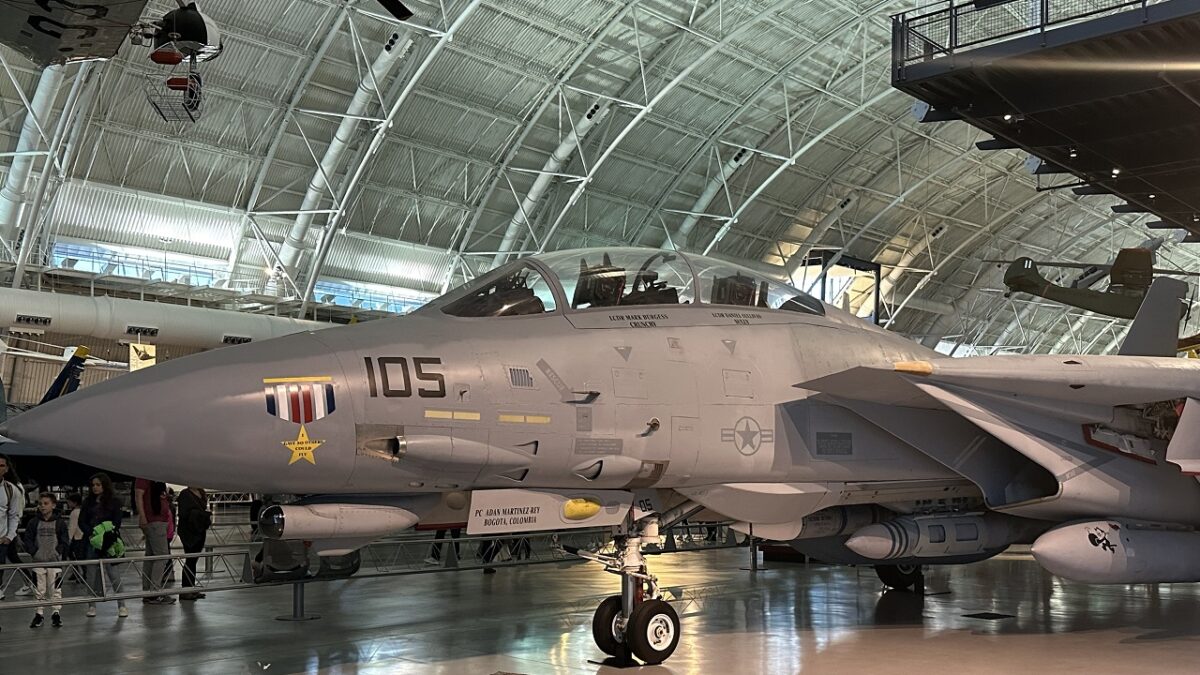
F-14 Tomcat. Image Taken at U.S. Air and Space Museum outside of Washington, D.C. Image Credit: 19FortyFive.com
About the Author
Kris Osborn is the Military Affairs Editor of 19FortyFive and President of Warrior Maven – Center for Military Modernization. Osborn previously served at the Pentagon as a Highly Qualified Expert with the Office of the Assistant Secretary of the Army—Acquisition, Logistics & Technology. Osborn has also worked as an anchor and on-air military specialist at national TV networks. He has appeared as a guest military expert on Fox News, MSNBC, The Military Channel, and The History Channel. He also has a Masters Degree in Comparative Literature from Columbia University.

